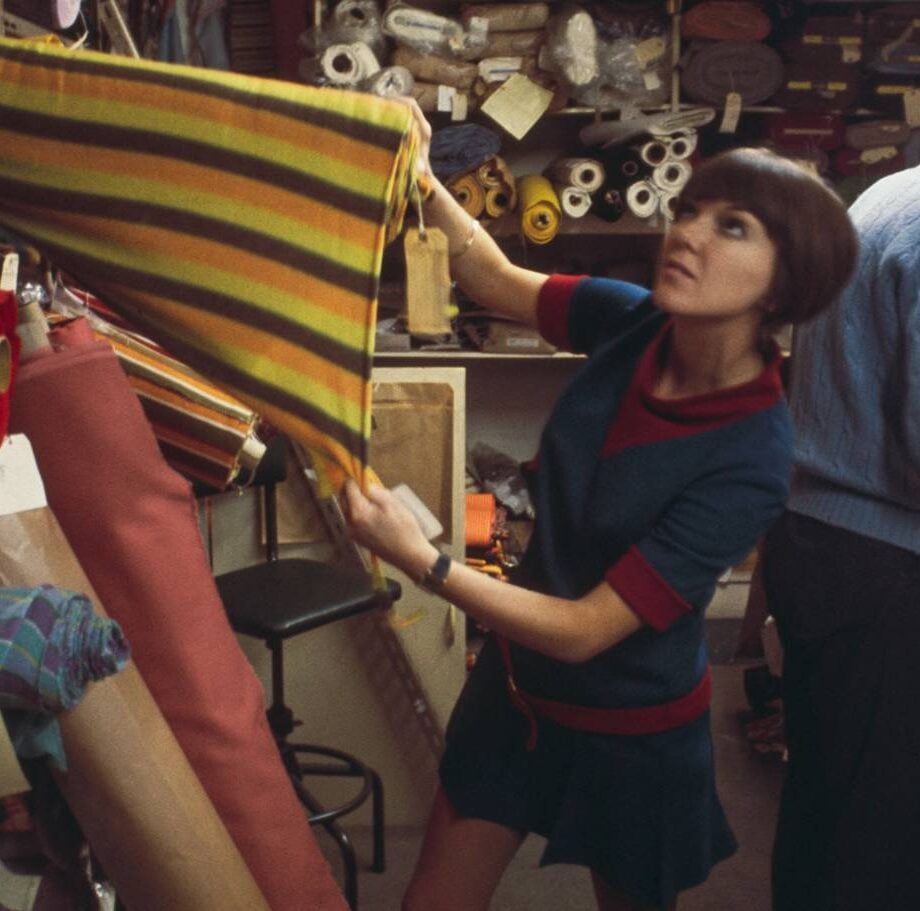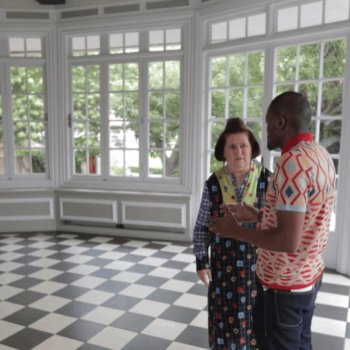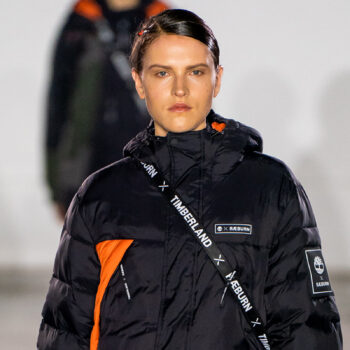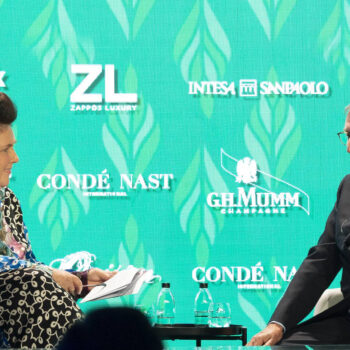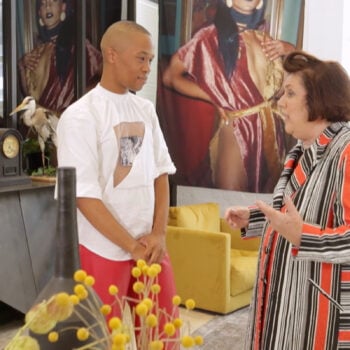Which came first, the Pill or the mini skirt? Young women with skinny legs leading up to high hemlines, flat busts and doe eyes under a pageboy fringe epitomised the Sixties – the first generation of a new breed called ‘teenagers’. And the first time in history that women could be in control of their reproduction.
On my visit to London’s Victoria & Albert Museum to see ‘Mary Quant’ (until 16 February 2020), there were not many bright young things gazing at images of the woman who started it all. Mary Quant was a role model for a generation, a true fashion trailblazer, and visitors to the museum seemed to be only a decade or so away from the designer’s current age of 89.

With displays crowd sourced by curator Jenny Lister with the words #WeWantQuant, the exhibition and informative accompanying book conjure this exceptional period in British society when a youthquake shook the old British Establishment to the core.https://www.instagram.com/p/BwrLQt0h7wb/?utm_source=ig_embed
